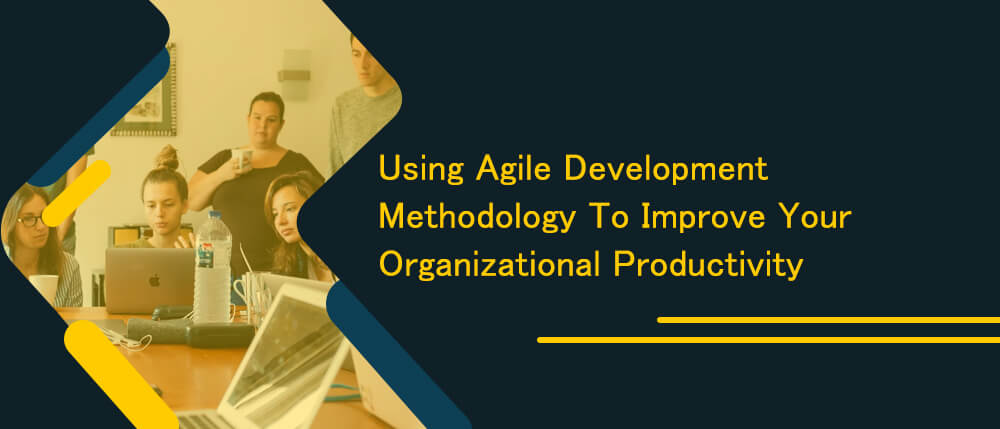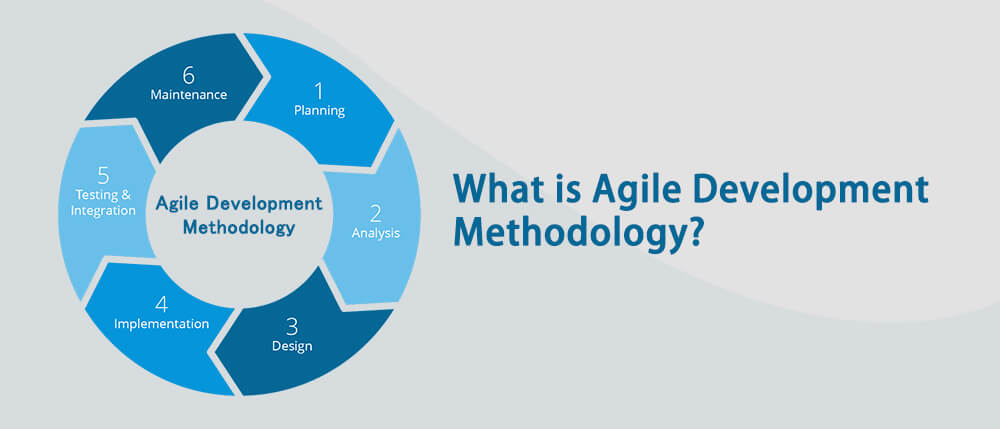-
solutinos
-
Hire
Frontend Developer
Backend Developer
-
NodeJS Developer
-
Java Developer
-
Django Developer
-
Spring Boot Developer
-
Python Developer
-
Golang Developer
-
Ruby on Rails Developer
-
Laravel Developer
-
.NET Developer
Technology
-
Flutter Developer
-
React Native Developer
-
Xamarin Developer
-
Kotlin Developer
-
Cross-Platform Developer
-
Swift Developer
-
MongoDB Developer
-
C Developer
-
Smart Contract Developers
Cloud
-
-
Services
Mobile Development
Web Development
- Work
-
Multi Services App
-
Food Delivery App
-
Grocery Delivery App
-
Taxi Cab Booking App
-
Multi Services App
-
OTT Platform APP
-
Social Media APP
-
Freelance Service App
-
Car Rental App
-
Medicine Delivery App
-
Liquor Delivery App
-
Sports Betting App
-
Online Coupon App
-
eLearning App
-
Logistics & Transportation App
-
Courier Delivery App
-
On-Demand Real Estate App
-
E-Wallet APP
-
Online Dating App
-
Handyman Services App
-
-
Process
-
Company

Productivity is very layered and subjective. It could mean something different to different people. Productivity is also one of the most misunderstood concepts. While a lot of people believe being seated at the desk and not taking breaks translates to productivity, some believe finishing off tasks. There are those who believe productivity is getting as much things as possible in a short time so they could focus on other equally important things.
When it comes to the last aspect we mentioned, we have to pull in another crucial concept called prioritization. As humans first and employees next, we all have the luxury of common sense to critically analyze something – no matter how insignificant the subject is. When we set a goal, we assess the scope of it and involuntarily break the goal into multiple smaller fragments so we could work on one important task at a time.
It is at a time like this that prioritization becomes important. If you’re running a smartphone app development company, for instance, your goal is to launch a stable and secure app that delivers value to your customers.
When you break refine your goal, the fragments you have include having a clear about the app and its requirements, market analysis of existing apps and competitors, features lacking in current apps, budgeting for the app’s development, assembling the right team, finalizing the tech stack required for development, formulating the development cycle, brainstorming marketing strategies, testing, modifying and finally releasing.
Though this seems linear, all these happen simultaneously and should happen at the same time. That’s why prioritization becomes important.
Why?
Because it does not make any sense to work on the marketing collaterals of your app even before it’s developed.
That’s where a solid and reliable framework like agile development methodology comes into the picture. We believe you would have come across this term when reading about operational best practices or tech implementations.
But if you haven’t, here’s a quick walkthrough of what it is and how it could optimize productivity and help you prioritize initiatives.
What is Agile Development Methodology?

Agile is a framework deployed in software development that allows your team to better handle and manage your project by breaking it down into specific modules. If you own a Mobile App Development Company, you would be already familiar with this. Agile methodology paves the way for improved collaboration among team members, teams and stakeholders. Besides, it also ensures dynamic and consistent progress of your product at specific milestones.
Because the approach is systematic and specific, it ensures the smooth development of your product. This is because any error or bug during any stage could be identified and fixed at that particular instance without having to wait for the entire product to get developed and finding loopholes in the end.
This ensures your product is reliable and solid right from its foundational stages.
If you’ve been invited to weekly demonstration sessions of your product’s development, realize that the agile framework has been developed by your team or vendor. Though agile is the key word used in the industry, it is also referred by its attributes like extreme programming, kanban, adaptive project framework and scrum.
Agile Statistics
According to The State Of Agile report published in 2018,
- 46% companies that deployed the framework did so because of the optimized output quality it offered
- 49% of the companies shared that business and IT alignment were their primary requirement
- 75% of the business reported that they deployed the framework because they eyed on accelerated software delivery
- Lastly, 55% of the organizations revealed that their concern was to increase their productivity
Why Prioritization Is Inevitable?
Prioritization is what drives businesses forward. It works more subliminally than we could imagine. You cannot print a t-shirt for your business without finalizing its name. Though it sounds vague, the cause-effect remains unchanged.
Prioritization lets you focus on work that needs immediate attention or intervention so that it does not cause a domino effect of consequences on tasks that are based on this. Any ideal company should look to implement prioritization to:
- Leverage the full potential of the existing manpower in an organization
- Make the most of the available tools and resources
- Deliver projects on time without compromising on the quality
How Agile Helps You Prioritize Your Initiatives Better
Mark Twain said that if you had to eat a frog, do it first thing in the morning and if you had to eat two frogs, eat the bigger one first.
This has more dimensions coming to think of it. Firstly, it asks you to prioritize your tasks. And if you’re prone to a situation where you’ve to choose between two equally important tasks, go for the one that is tougher to eat. Get that out of your way and then focus on other things.
Agile has this at its core. Product development is complex. It does not matter if your product is an enterprise-level application or an entertainment app, the efforts required are the same. That’s why prioritization becomes all the more important.
In an agile ecosystem, a product manager usually prioritizes initiatives based on the following factors or attributes:
- Usefulness
- Cost
- Business Value
- And Customer Satisfaction
Once the priorities are identified, tasks are labeled. This labeling could be any of these:
Now
Tasks that are of high priority and require immediate attention.
Next
Tasks that are to be focused on completing after tasks labeled under Now are completed
Later
Tasks that do not have a direct impact on the final outcome of your product and are mostly ancillary tasks you have plans to execute.
When you correlate these with your current project, you would involuntarily have an idea of what you need to label as Now and what as Later.
Popular Prioritization Techniques In Agile
There are several prioritization techniques defined by the agile framework. Each has its own set of pros and cons. It is on product managers to assess the feasibility and impact of each and deploy one that makes most sense to their current project.
The techniques include
- Priority Poker
- Kano Model
- The Relative Weighing Method
- Moscow Method
- Stack Ranking
- Cost Of Delay
- 100 Dollar Test
Benefits of Agile Prioritization Techniques
Agile offers a lot of business benefits to implementing teams.
- Faster and better return on investments
- Optimized productivity
- Enhanced collaboration
- Value-driven product development process
- Enhanced dependency management
- Better customer satisfaction
Wrapping Up
Ultimately, the agile development methodology works on improving the overall productivity of your team members. And productivity yields timely delivery of projects and quality delivery of projects. Agile takes an objective approach to fix subjective requirements and that’s why it’s one of the most preferred development methodologies deployed by companies across the world.
If you intend to optimize your business in terms of productivity and quality delivery, we highly recommend implementing this framework. But if you feel this is something out of your league, feel free to get in touch with us.
We are an agile development company and a forerunner in helping companies get more things done with the agile framework and we would ensure your goals and visions are met on time with the quality metrics you define.
Reach out to us today.
Subscribe to our newsletter
Get our articles, Blogs and case studies directly into your inbox. Your information will be confidential and secure.
